I Was Skeptical About "High-Vibe" Fabrics That Could Raise Your Frequency, But There May Actually Be Something To It
Have you ever considered how the "frequency" of your bedding could be impacting your sleep? Whether you believe it or not, it's clear that fabrics matter


Perhaps even quirkier than sage smudge sticks or blowing cinnamon through my doorway, my latest wellness obsession is something you might’ve seen on social media recently: the frequency of bedding. Now, if your first thought was, "What?..." you're not alone. (That's exactly the response I got from my editor.) But please, allow me to explain.
We talk a lot about energy — the "good," the "bad," the low, and the high. The idea here is that everything, including us and even the fabrics we use, has an energetic frequency. This means that, as energetic beings, we interact with these frequencies, and in doing so, the materials we surround ourselves with — yes, including our bedding sets — can either boost or drain our energy.
After seeing Instagram videos on fabric frequency racking up 4.5 million views, I was curious: is this real?! Opinions are mixed. Proponents like Janet Rae Orth, a Tucson-based clairvoyant and energy healer, believes that “Materials that are natural, or remain closest to their natural form with minimal processing, will have higher frequencies,” which she says can help us “ground and release energy,” and leaving us refreshed.
She likens low-frequency fabrics (think microfiber, jersey, or sateen) to rush-hour traffic, noting that they cause "tension and stress in the body," constricting muscles, increasing heart rate, and making our breath shallow, which can lead to inflammation and drain vitality over time (a.k.a. the opposite of our sleeping goals). High-frequency bed linens, she claims, “restore the body, encourage deeper breaths, and help us feel rested.”
A post shared by Carnivore Aurelius © (@carnivoreaurelius)
A photo posted by on
But as you'd expect with something like this, not everyone agrees (and I feel it's my duty to present both sides). One such skeptic includes Avi Sherbill, an LA-based sound and meditation healer, and the founder of SoundRX. “Fabric frequency isn’t real,” he tells me plainly, pointing out that many of these claims come from speculative, unscientific research that has not been peer-reviewed.
He does, however, agree that there are benefits to natural types of bedding. Linen’s moisture-wicking and breathability reduce bacterial growth, he says, while synthetics like acrylic “have been linked to cancer."
He goes on to add that "Polyester isn’t breathable, sheds microplastics, and dyed fabrics may contain harmful heavy metals, like lead," and that "Wrinkle-resistant fabrics are often treated with PFAS chemicals.” Yikes.
The Livingetc newsletters are your inside source for what’s shaping interiors now - and what’s next. Discover trend forecasts, smart style ideas, and curated shopping inspiration that brings design to life. Subscribe today and stay ahead of the curve.
So, no matter where you sit on the argument on whether fabric frequency is fact or fiction, it's clear there is something to be said about opting to sleep in natural materials. Whether it's their "high vibes" or simply their higher quality construction, below, we've shared the fabrics to invest in.
The Best "High Vibe" Bedding
Wool
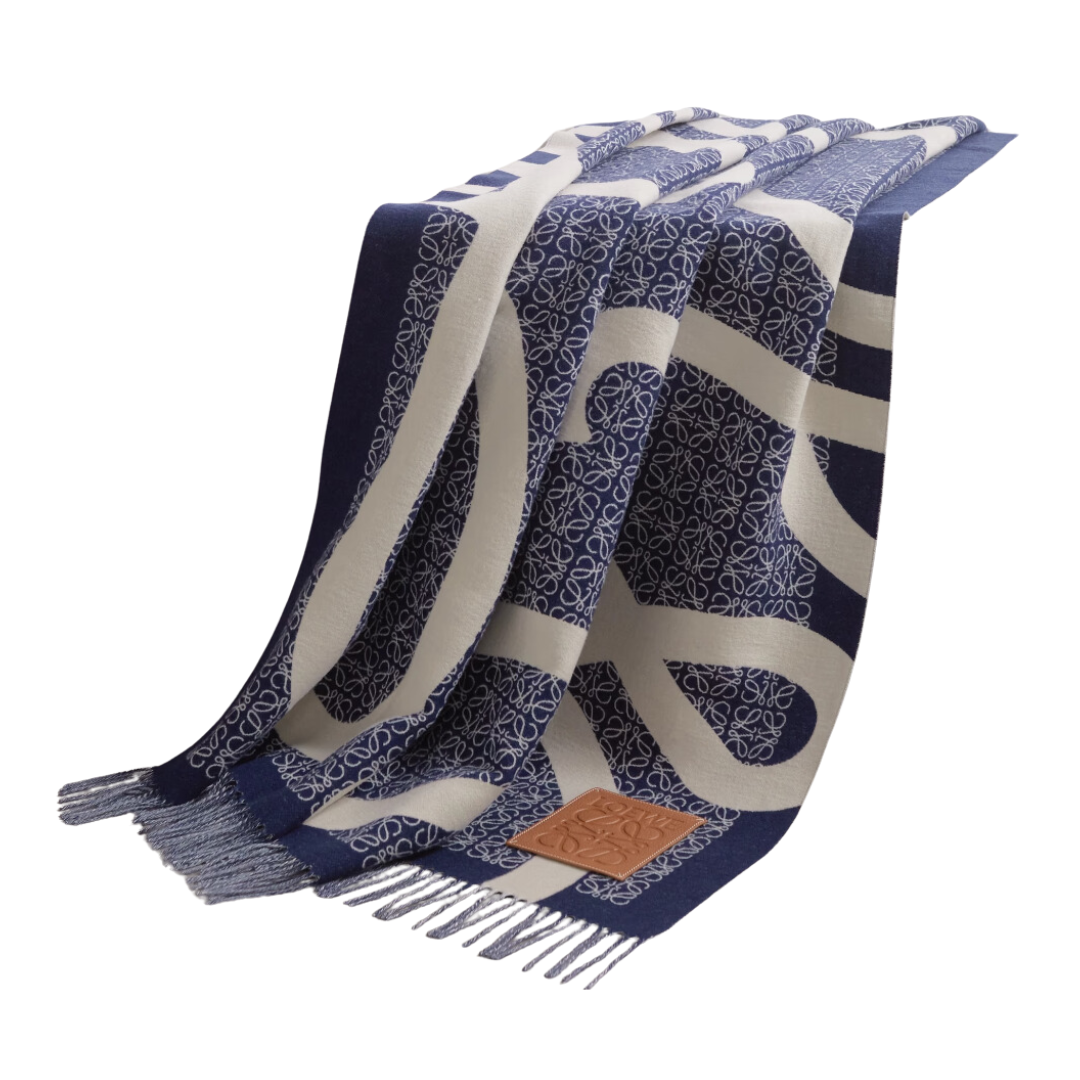
Price: $990
According to energy expert Janet Rae Orth, wool is the most “high vibe” bedding material with a frequency of 5,000 Hz, making it an excellent fabric choice for the cozy season. This wool throw by Loewe is stunning and a fabulous cold weather accessory for homebodies, be it folded at the foot of a bed or draped over the couch.
Linen
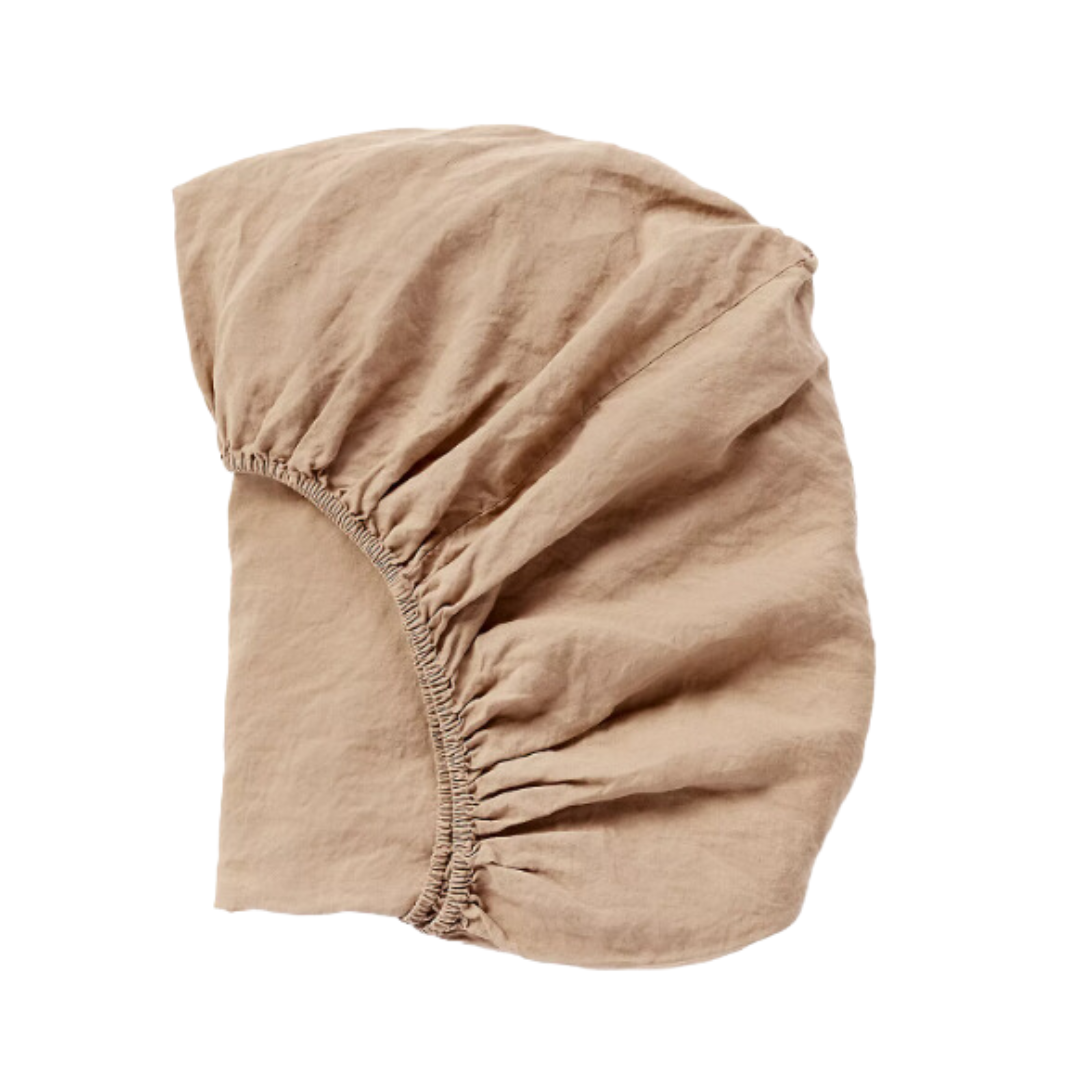
From: $228
Linen, also said to have a frequency of 5,000 Hz, has long been used historically for its healing properties (think bandages, for example). While frequency claims are still debated, we know linen is naturally antibacterial and breathable. Coyuchi’s fitted linen bedding sheet, made from 100% organic French flax and woven in Portugal, offers an elevated, high-quality option.
Organic Cotton
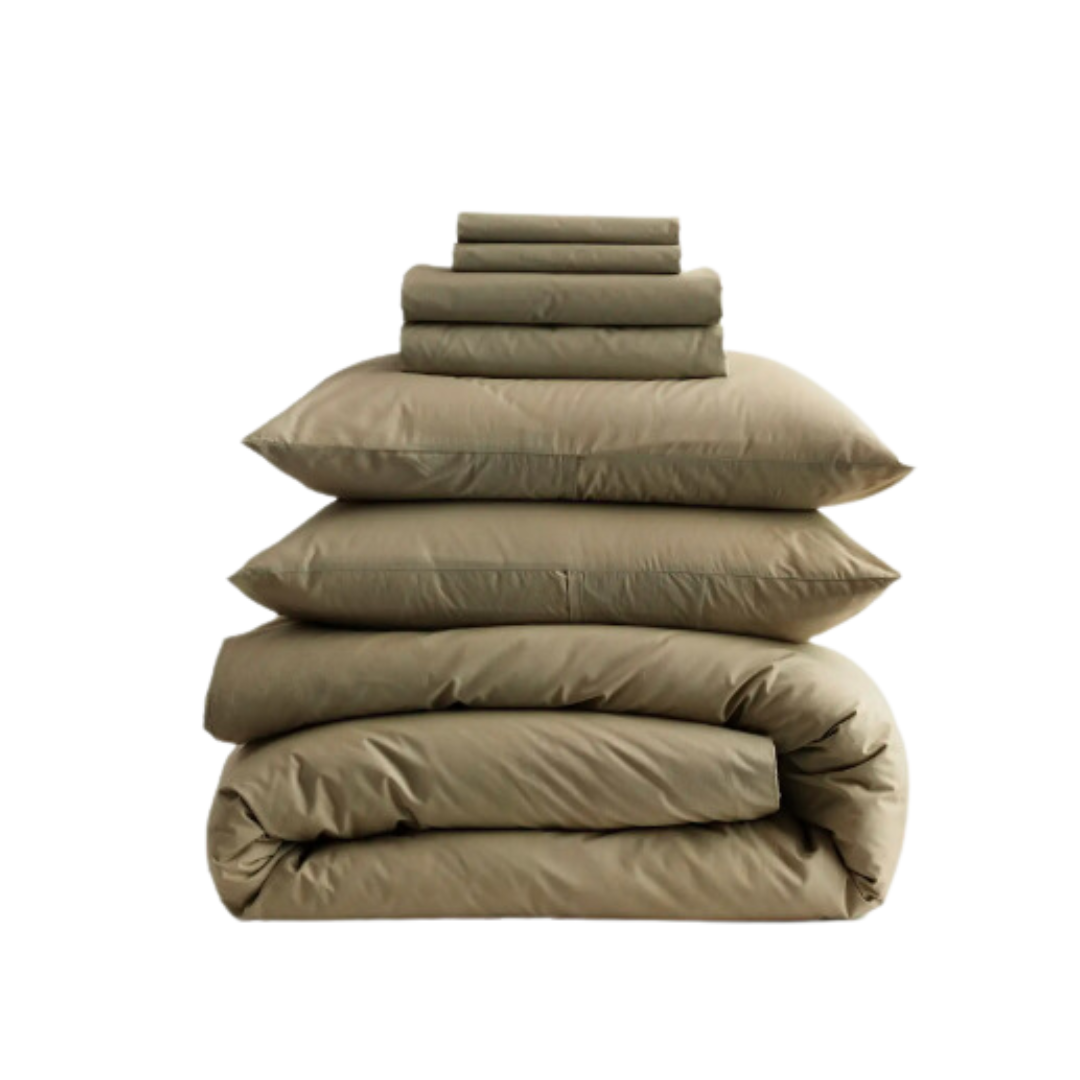
From: $139.90
Janet says organic cotton hums at the same 100 Hz frequency as the human body, making it a neutral material. Non-organic cotton sits slightly lower at 70 Hz, which is why I leaned toward the former with this Quince bedding set. For under $200, you get a duvet cover, two shams, a fitted sheet, a flat sheet, and pillowcases — all crafted from 100% organic long-staple cotton with that crisp, cool percale feel (yes, like hotel sheets).
Bamboo
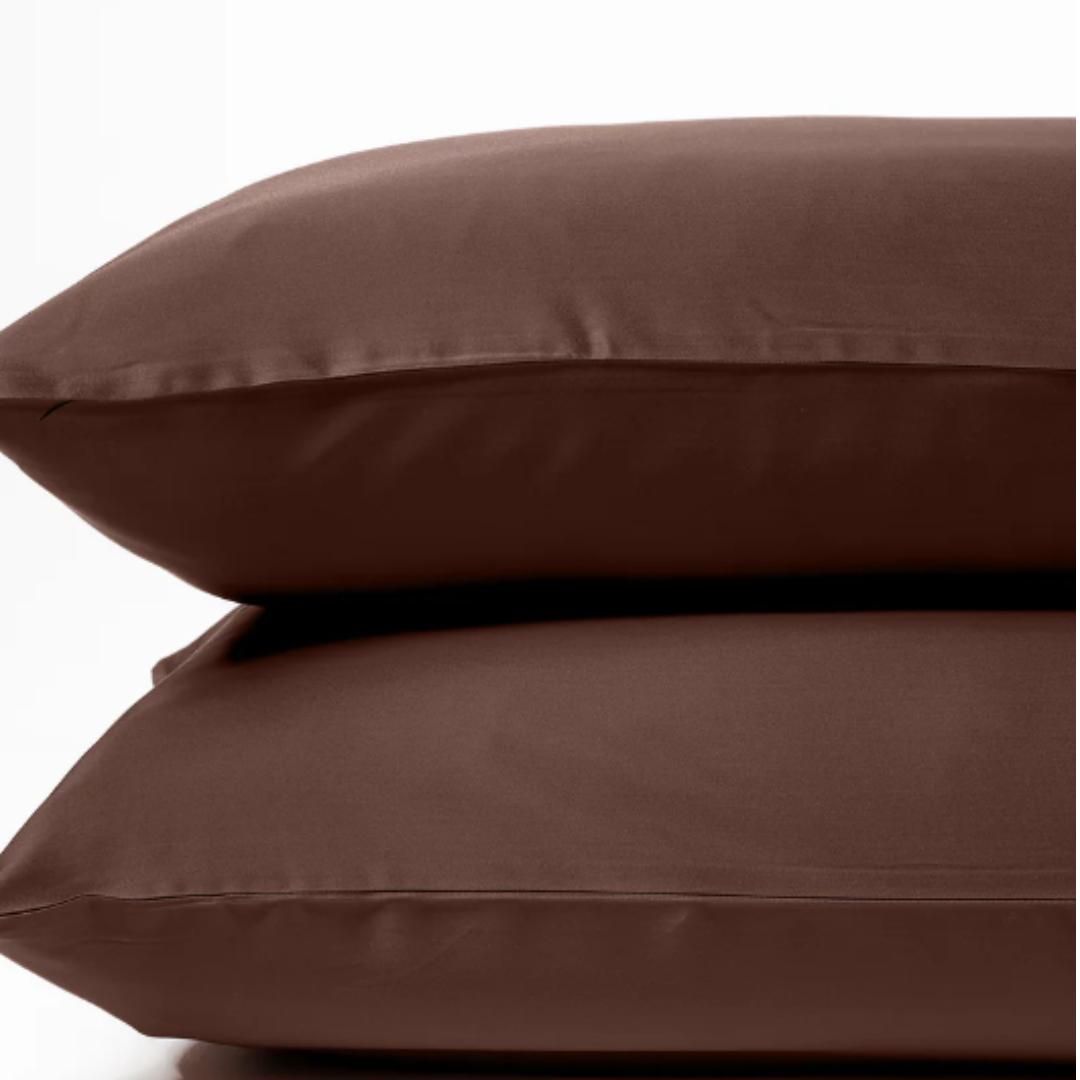
Price: $84
“Bamboo is high frequency and moisture-wicking,” Janet explains, “making it one of my absolute favorites for bedding.” This super-soft, ultra-durable pillowcase duo from Cozy Earth is a fan favorite, garnering 4.9 stars from over 1,923 reviewers. I’m partial to the coffee brown shade, but there are lots to choose from.
Flannel
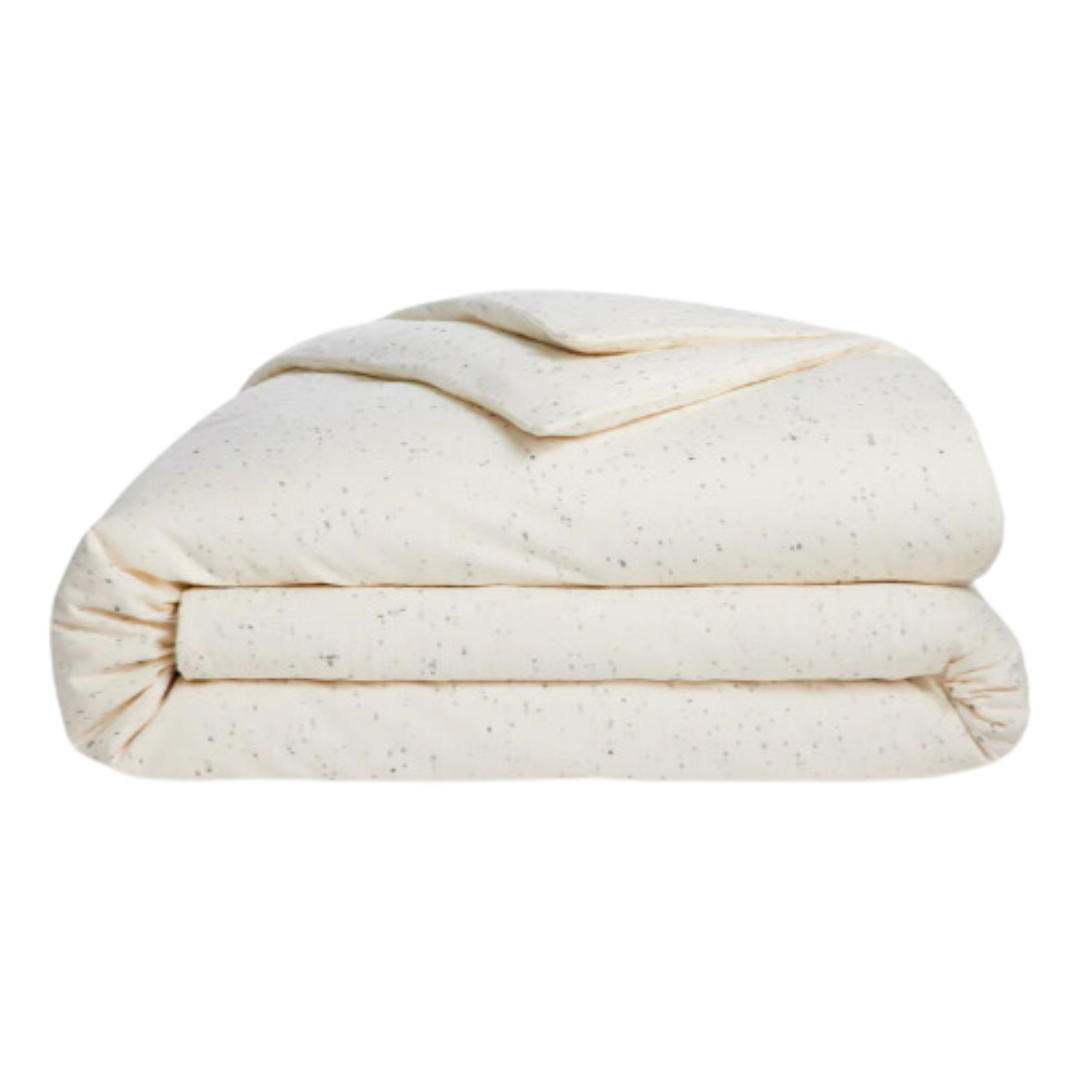
From: $186.15, Was: $219
“Flannel, if made from 100% cotton or wool, is high frequency,” says Janet. The trouble is, “many of today’s flannels are made of synthetics, which are very low-frequency.” I did a little digging and, naturally, came back to Brooklinen — the bedding brand of all bedding brands. I’m happy to report that it’s made of 100% cotton flannel.

Formerly covering fashion at L’Officiel USA, style maven Julia Demer brings her love of design to Livingetc’s world of interiors. As the title’s New York-based Style Editor, Julia's work reflects a sharp eye for detail and an innate passion for aesthetics. Her journey began with a strong foundation in design, honing her craft at renowned establishments like The Row and even establishing her own eponymous fashion brand. Julia’s design background is evident in the way she thoughtfully curates shopping edits, always maintaining a focus on emerging trends while preserving timeless sensibilities. For Julia, fashion and interiors go hand in hand, reflecting her lifelong commitment to perfecting the art of style.